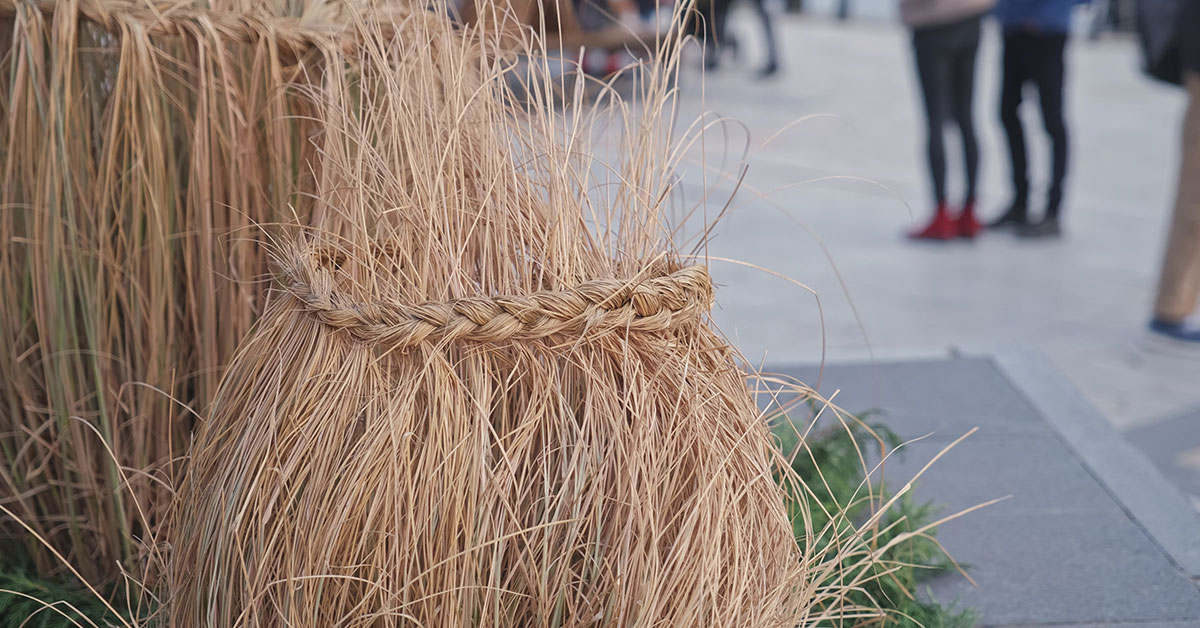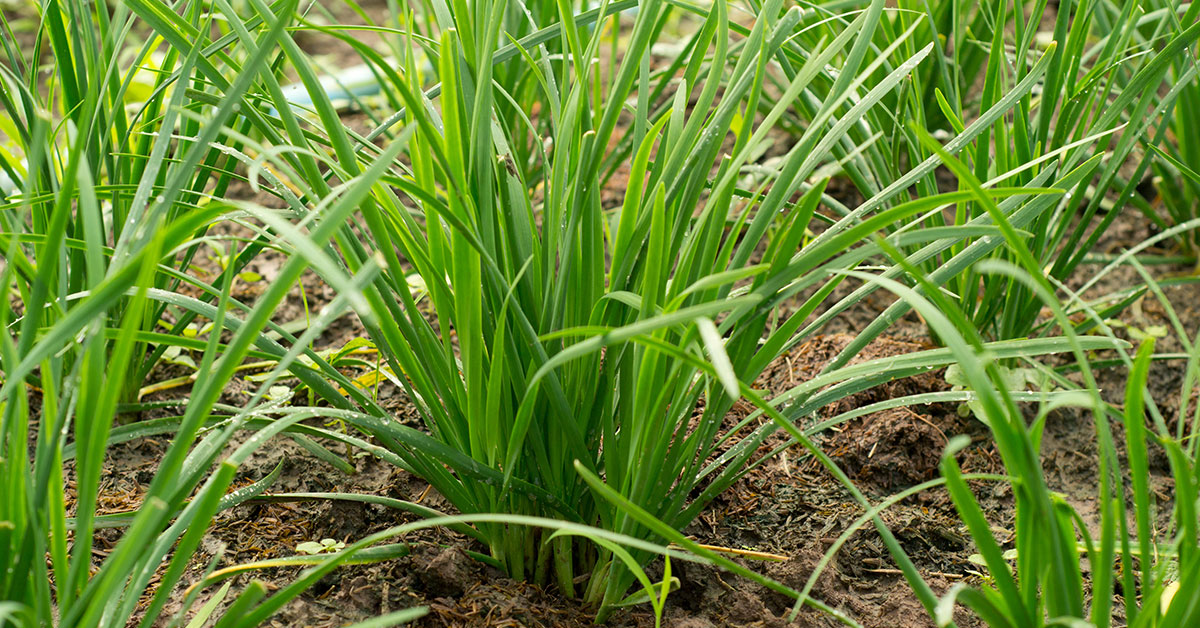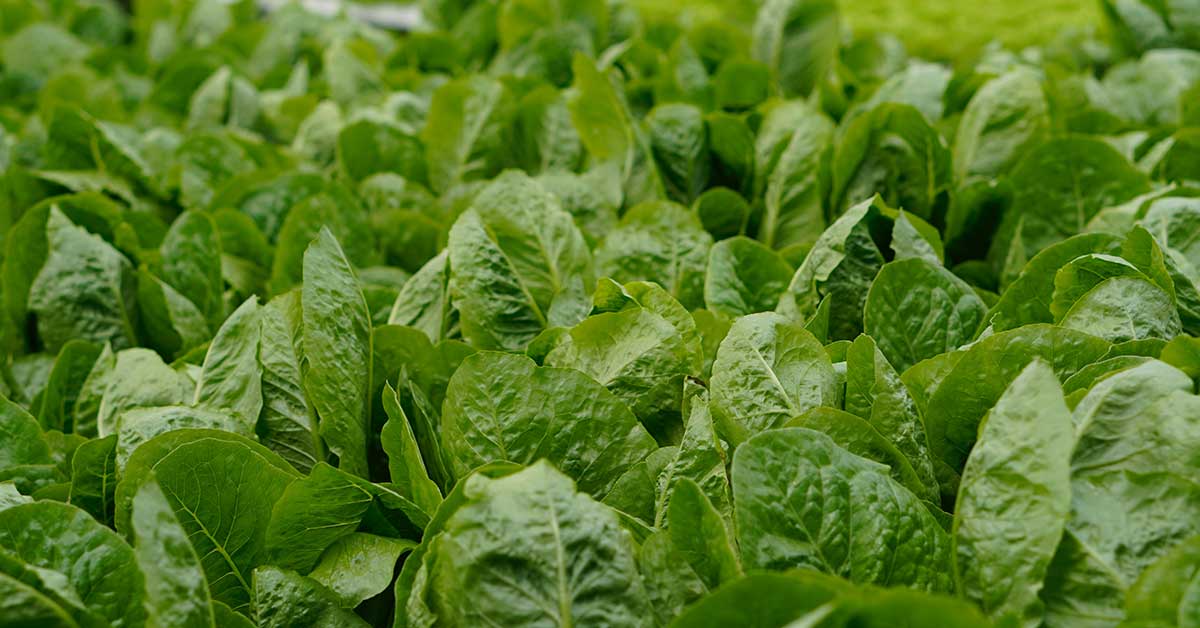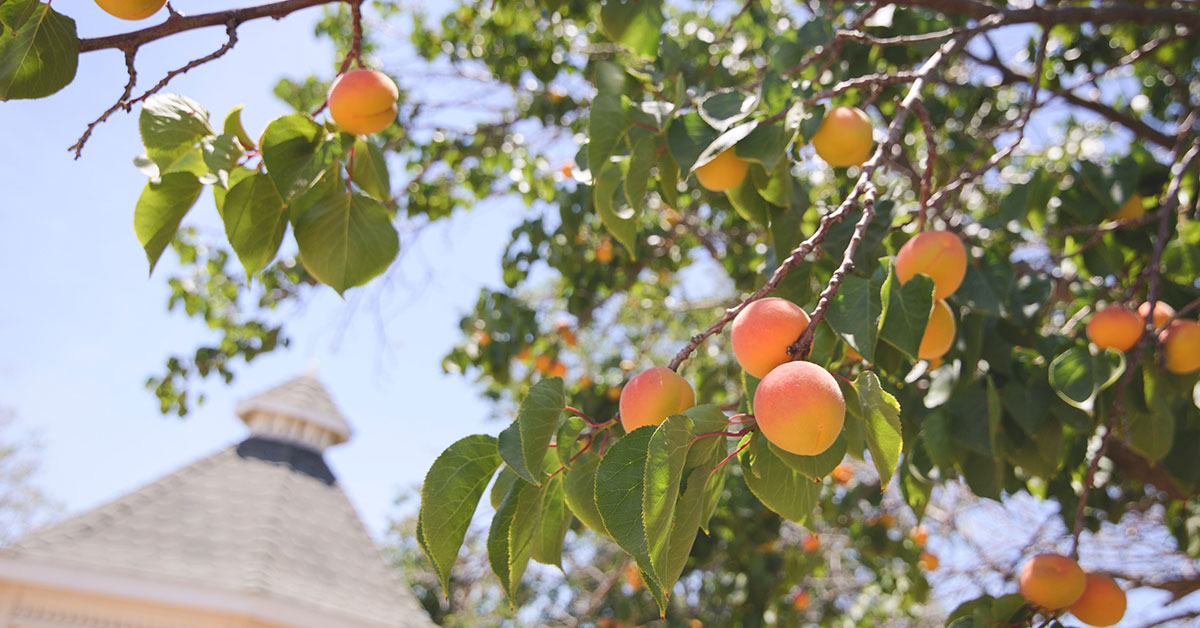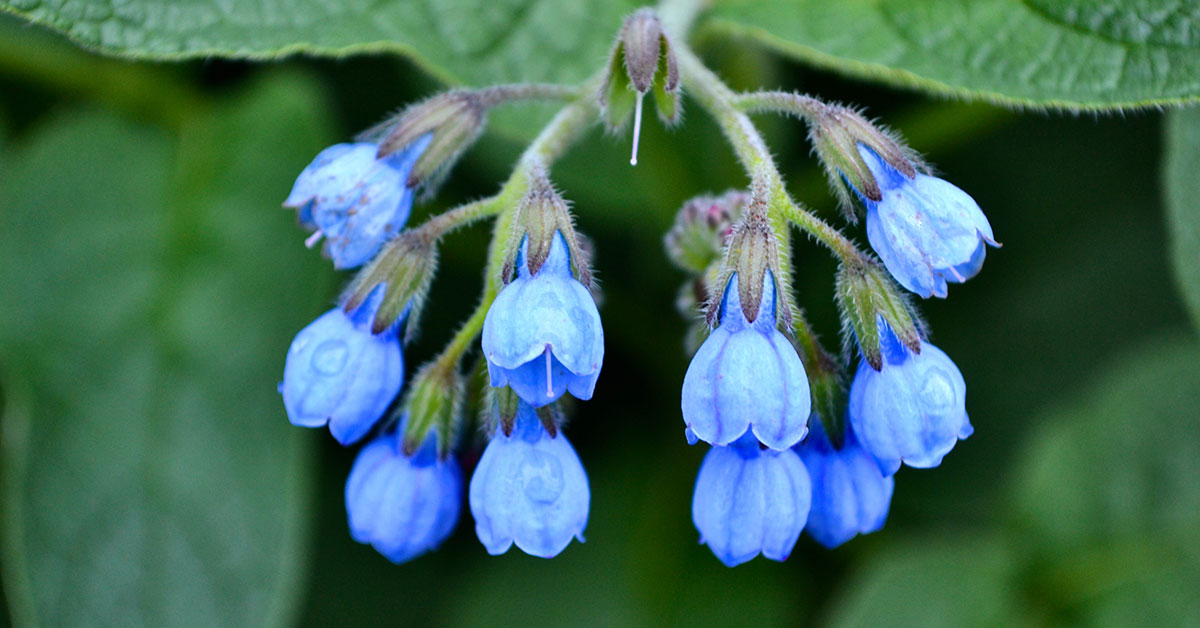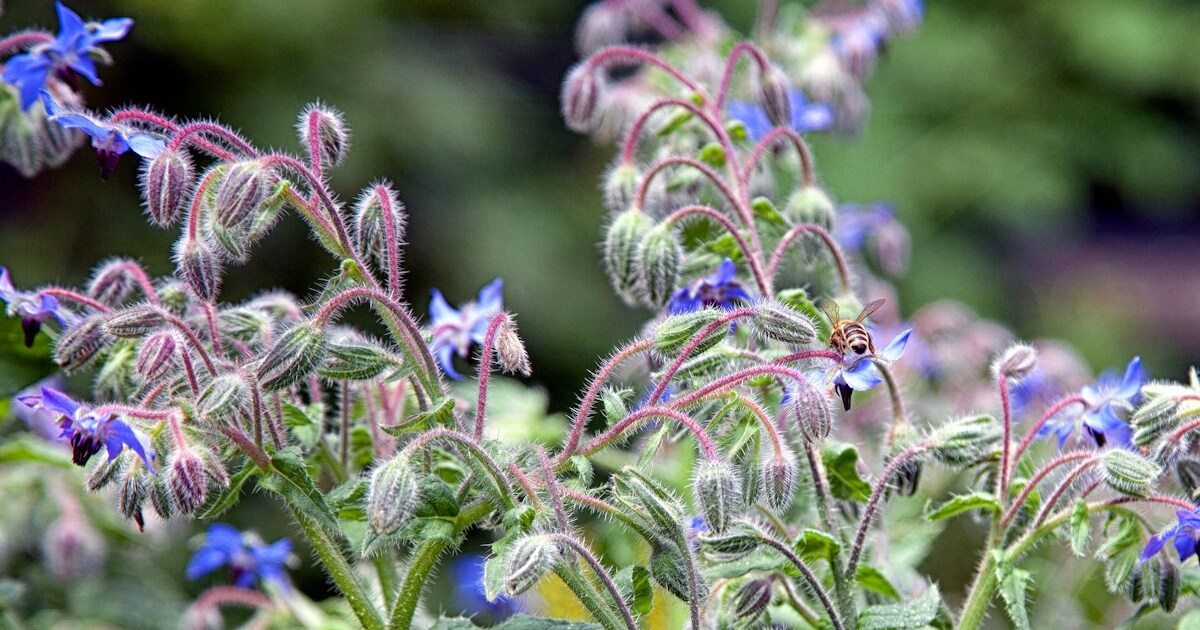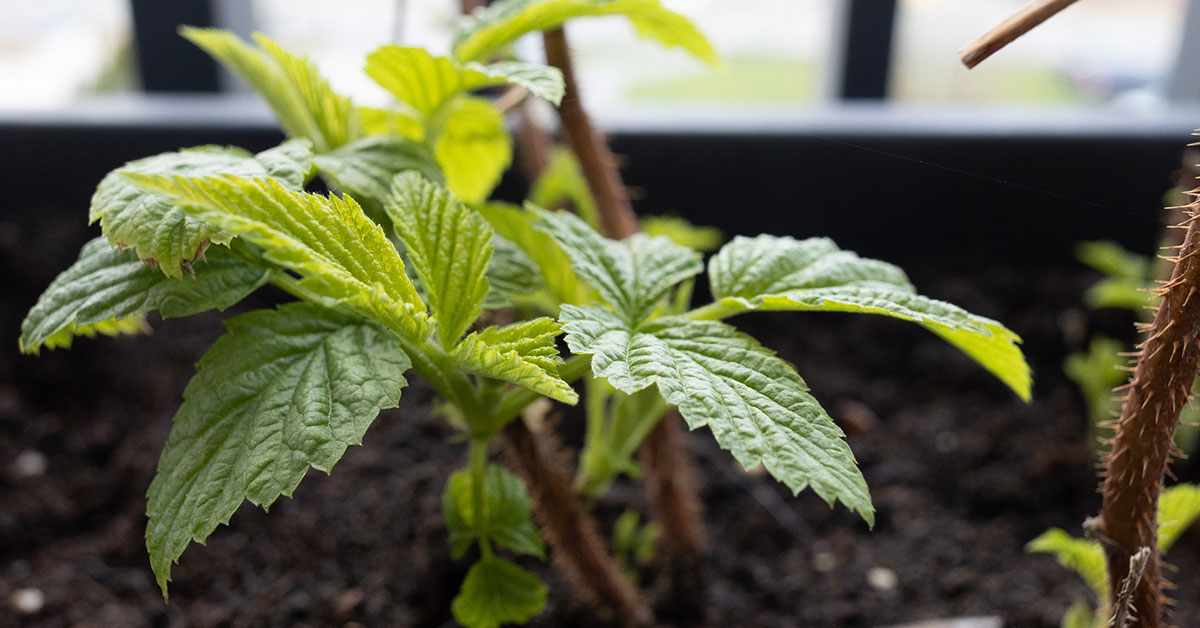Braiding ornamental grass is a beautiful and creative way to add texture and visual interest to your garden or outdoor space. Whether you’re a seasoned gardener looking to try something new or a beginner seeking a fun and rewarding project, learning how to braid ornamental grass can be a delightful endeavor.
Not only does it create a unique and eye-catching display, but it also allows you to showcase the natural beauty of grasses in a distinctive way. In this article, we will guide you through the step-by-step process of braiding ornamental grass, providing tips and techniques to help you achieve stunning results. From selecting the right grasses to mastering the braiding technique, you’ll soon be able to create intricate and captivating designs that will enhance any garden or outdoor space. So let’s dive in and explore the art of braiding ornamental grass!
How to braid ornamental grass
Braiding ornamental grass can be a beautiful way to display and showcase its unique texture and form. Here is a step-by-step guide on how to braid ornamental grass:
- Choose the right type of ornamental grass: Not all ornamental grasses are suitable for braiding. Look for grasses that have long, flexible blades that are easy to manipulate and braid. Some good options include fountain grass (Pennisetum alopecuroides) and maiden grass (Miscanthus sinensis).
- Harvest the grass: Cut the grass stems at the base, leaving enough length to work with. It’s best to do this in late summer or early fall when the grass is at its peak and before it starts to dry out.
- Divide the grass into sections: Separate the grass into even sections, depending on how many braids you want to create. If you’re just starting out, it’s best to begin with two or three sections.
- Secure the grass: Tie a loose knot at the top of each section to keep the grass together while you work.
- Start braiding: Take one section of grass and divide it into three strands, just like you would for a traditional braid. Cross the right strand over the middle strand, then cross the left strand over the new middle strand. Repeat this process, alternating sides, until you reach the end of the grass.
- Secure the braid: Once you reach the end of the grass, tie a knot or use a small rubber band to secure the braid. Make sure it’s tight enough to hold the braid together, but not so tight that it damages the grass.
- Repeat for the remaining sections: Repeat the braiding process for the remaining sections of grass, making sure to keep the braids consistent in size and tightness.
- Trim the ends: If desired, trim the ends of the braids to create a neat and even look. You can cut them straight across or at an angle for a more decorative effect.
- Display or dry the braids: Once you’ve braided all the sections, you can display them immediately or let them dry out for a few days to weeks, depending on the type of grass. Drying the braids will help preserve their shape and color.
Remember, braiding ornamental grass requires some practice, so don’t worry if your first attempt isn’t perfect. With time and patience, you’ll be able to create beautiful braids that add a unique touch to your garden or floral arrangements.
Why braid ornamental grass?
Braiding ornamental grass can be done for various reasons, including:
- Aesthetics: Braiding ornamental grass can add visual interest and texture to your garden or landscape. It can create a unique and eye-catching focal point, especially when combined with other plants.
- Maintenance: Braiding grass can help keep it contained and prevent it from spreading or flopping over. This is particularly useful for taller grasses that may become top-heavy or prone to bending under their own weight.
- Wind resistance: Braiding grass can make it more wind-resistant, reducing the risk of damage during strong winds or storms. The intertwined strands create a stronger structure, helping the grass withstand harsh weather conditions.
- Cultural significance: In some cultures, braiding grass is considered a traditional or symbolic practice. It can be done for ceremonial or decorative purposes, representing unity, strength, or nature’s beauty.
It’s important to note that not all types of ornamental grass are suitable for braiding. Some grasses have stiff or brittle stems that may break when manipulated. Make sure to choose a grass variety that is flexible and pliable enough to be braided without causing damage.
Problems with braiding ornamental grass
While braiding ornamental grass can add a unique and decorative touch to your garden or landscaping, there are a few potential problems to consider:
- Limited availability: Braid ornamental grass may not be as readily available as other types of grass, making it harder to find in local nurseries or garden centers.
- Maintenance requirements: Braid ornamental grass often requires regular maintenance to keep its braided shape intact. This can involve trimming, pruning, and re-braiding as the grass grows.
- Vulnerability to pests and diseases: Like any other type of grass, braid ornamental grass is susceptible to pests, such as aphids or grasshoppers, as well as diseases like fungal infections. Regular monitoring and appropriate pest and disease management may be necessary.
- Environmental considerations: Depending on the specific species of grass used for braiding, it may have specific environmental requirements, such as sunlight, soil type, or water needs. Ensure that you can provide the necessary conditions for the grass to thrive.
- Limited functionality: Braid ornamental grass is primarily used for aesthetic purposes rather than practical use, such as for lawn areas or as a ground cover. Therefore, it may not be the best choice if you are looking for a functional grass option.
- Cost implications: Braid ornamental grass can be more expensive compared to regular grass due to its unique appearance and limited availability. Consider your budget and whether the cost is feasible for your landscaping project.
- Seasonal considerations: Some braid ornamental grasses may be sensitive to cold temperatures or frost, limiting their growth in certain climates or requiring extra protection during winter months.
It’s important to research and understand the specific requirements and potential challenges associated with the particular type of braid ornamental grass you are interested in before making a decision for your garden or landscaping project.
Other considerations for braiding ornamental grass
When braiding ornamental grass, there are a few additional considerations to keep in mind:
- Grass variety: Different types of ornamental grass have different growth habits and textures, which can affect the ease and success of braiding. Some grasses have sturdier stems that are easier to manipulate, while others may be more delicate and prone to breaking.
- Length and thickness: Longer and thicker grasses are generally easier to braid since they provide more material to work with. If the grass is too short or thin, it may be challenging to create a well-defined braid. Consider growing the grass to a suitable length before attempting to braid it.
- Flexibility: Ensure that the grass is pliable and flexible enough to be bent and woven without snapping or breaking. If the grass feels brittle or stiff, it may not be suitable for braiding.
- Timing: It’s best to braid ornamental grass in its prime growth season. This is typically during the spring or early summer when the grass is actively growing and at its healthiest. Avoid braiding grass during its dormant period, as it may be more brittle and less pliable.
- Maintenance: Braided ornamental grass requires regular maintenance to keep its shape intact. Regular trimming and pruning may be necessary to prevent the grass from growing out of the braid and losing its form.
- Location: Consider where you will be placing the braided grass. Ensure that it has enough space to grow without becoming tangled or unraveled. Additionally, consider the lighting conditions and moisture requirements of the specific grass variety, as these factors can affect its overall health and appearance.
Remember to research the specific care requirements of the particular ornamental grass variety you are working with to ensure successful braiding and long-term maintenance.


